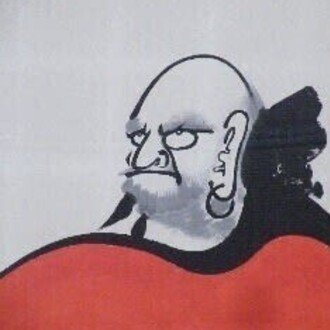
八幡神社の遺構など、歴史的存在感を現す 【浄土寺】 Shows a historical presence, such as the remains of Hachiman Shrine [Jodoji]
浄土寺の伽藍の中央に八幡神社の本殿、拝殿がある。時代の年輪を感じさせ重厚感のあるお社である。
資料によると、拝殿は約八百年前室町時代に建立されたもの。平安時代ごろからの神仏習合の名残であるが、この時代は神が主の時代だったことから、浄土寺を建立した重源上人が八幡信仰を重視していたことで浄土寺伽藍に建立。その遺構として今に残っている。
The main shrine and worship hall of Hachiman Shrine are located in the center of the Jodo-ji temple. It is a hall with a profound feeling that makes you feel the annual rings of the times.
According to the materials, the hall of worship was built about 800 years ago during the Muromachi period. It is a remnant of the Shinto-Buddhist practice from around the Heian period, but since God was the main era during this period, it was built in the Jodo-ji temple because the Chogen Shonin who built the Jodo-ji temple emphasized the Hachiman faith. It remains as the remains hall.
本殿は、室町時代の中期の代表的な工法で桧の樹皮を成型した材料を使った桧皮葺の屋根で、優美な曲線が特徴。
拝殿は寄棟造で割拝殿になっている。中央に土間をとり通路になっている。屋根の勾配や木鼻蟇股(貫が柱から突き出て/蛙の股のような台)などの意匠から室町時代に多い和と唐の折衷形式の建物である。
The main shrine is a cypress-roofed roof made of a material obtained by molding the bark of cypress using a typical construction method in the middle of the Muromachi period and is characterized by its elegant curves.
The hall of worship is a hipped roof and is a split hall of worship. There is a dirt floor in the center of the hall and it is a passage. It is a Japanese-Tang eclectic building that is often used in the Muromachi period due to its design such as the slope of the roof and the wooden nose crotch (the nuki sticks out from the pillar / the frog's crotch-like stand).


中央に土間をとり通路になっている寄棟造の割拝殿
国宝浄土堂もさることながら伽藍に存在する数々の建造物の歴史的存在感が伝わってくる。
Not only the national treasure Jodo-do, but also the historical presence of many buildings that exist in the temple is transmitted.



桧皮葺の屋根で優美な曲線
リポート& 写真/ 渡邉雄二 Reported & Photos by Yuji Watanabe
いいなと思ったら応援しよう!

